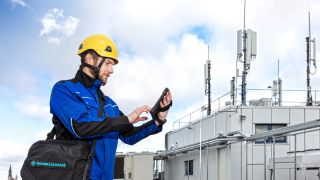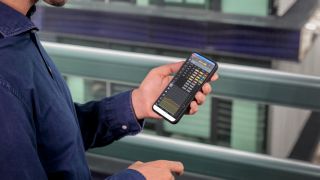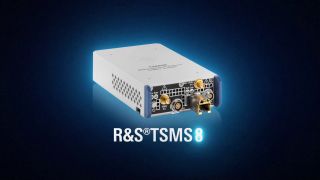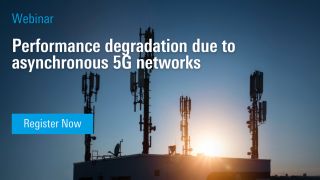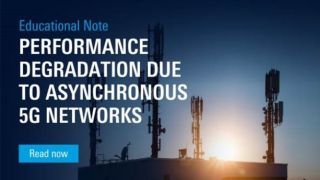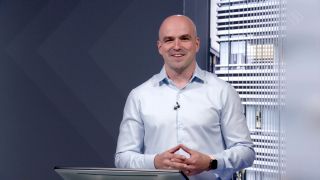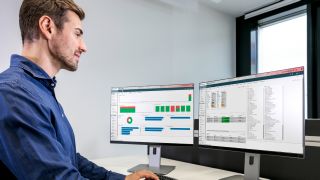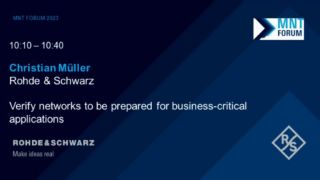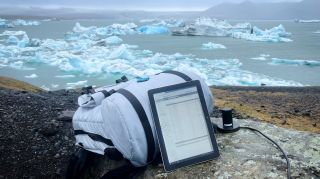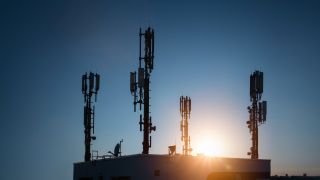Maximize network quality and performance
Optimum network and service performance are critical for the reliability and profitable operation of mobile networks - both public and private. Delivering superior quality of experience (QoE) is a key business success factor for mobile network operators, and businesses depend on the error-free operation of private networks. This is why ongoing active and passive network testing, as well as regular performance verification and optimization, are key to meeting the evolving expectations of human end-users and fulfilling the communication needs of machines .
Integrated test solutions for the entire network lifecycle
Rohde & Schwarz offers a complete portfolio consisting of standalone products, integrated solutions and network analytics services. We cover
- The entire lifecycle of public and private networks.
- All cellular technologies, up to 5G
- All network architectures, including Open RAN
- A wide range of test and measurement scenarios to assess and optimize network performance, from the RF layer to QoS/QoE
If you have any further questions, please contact us.









